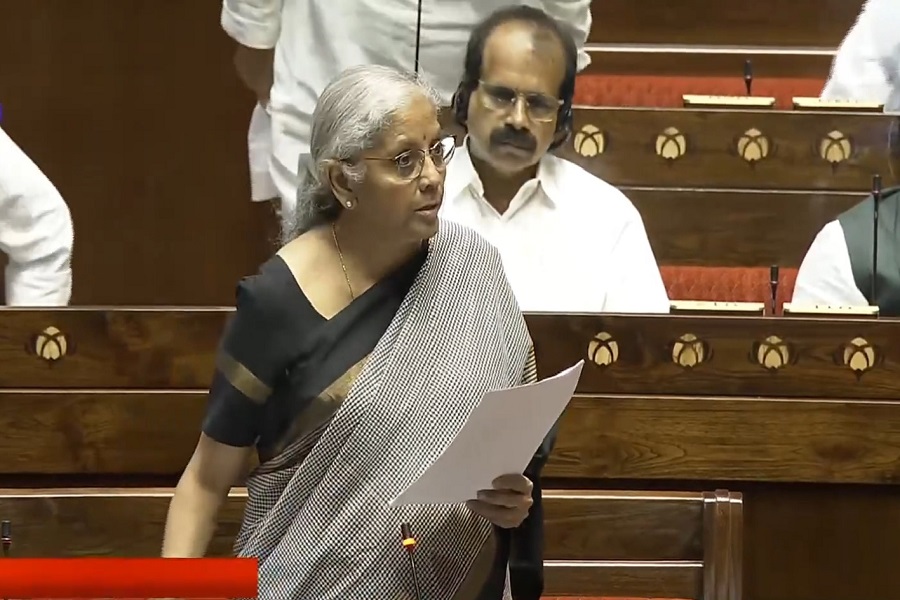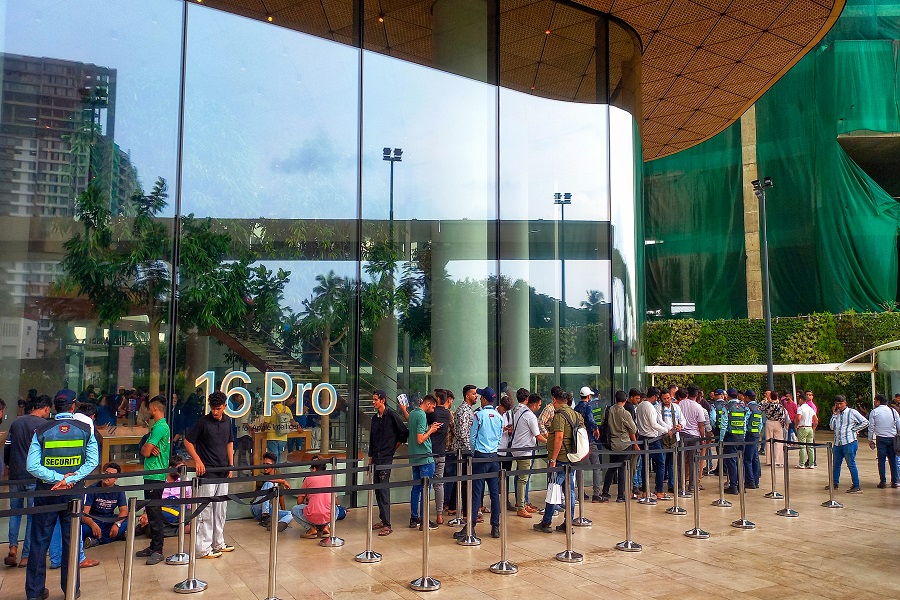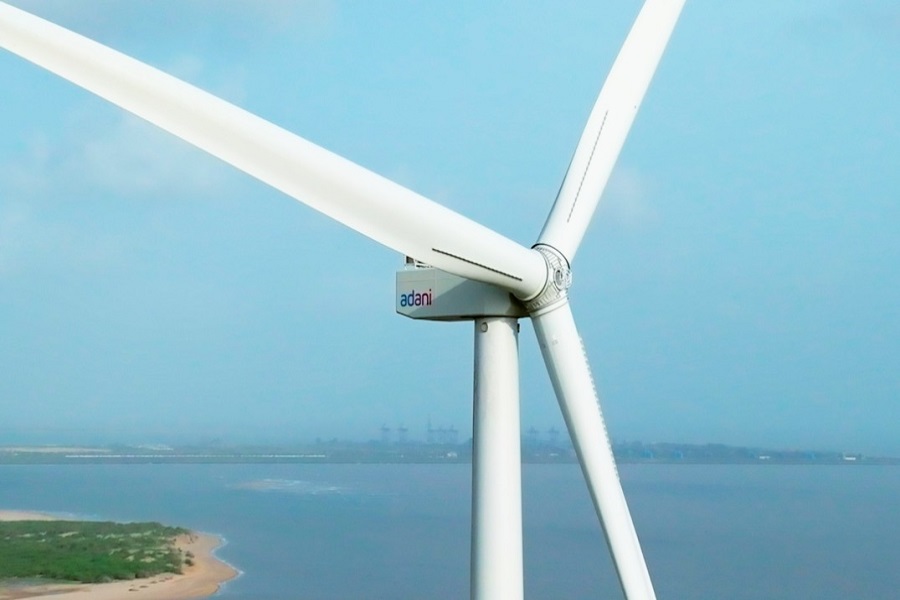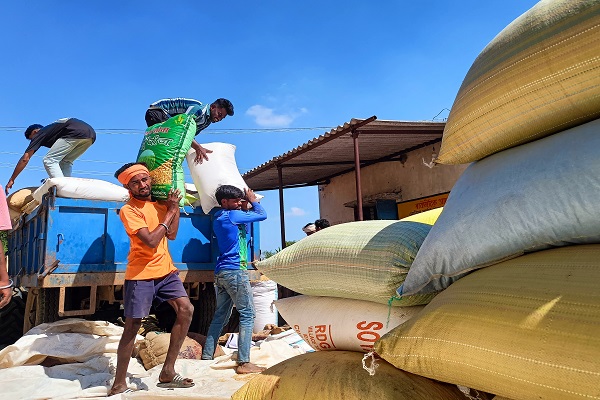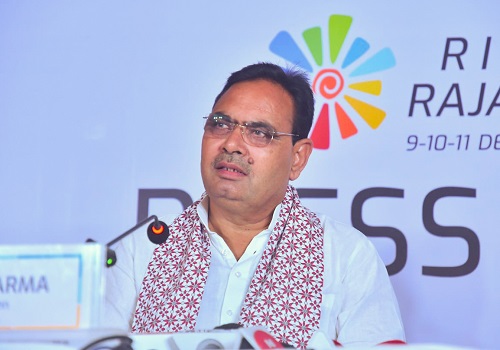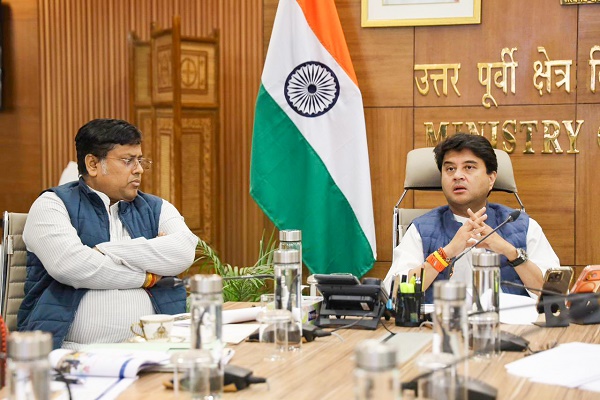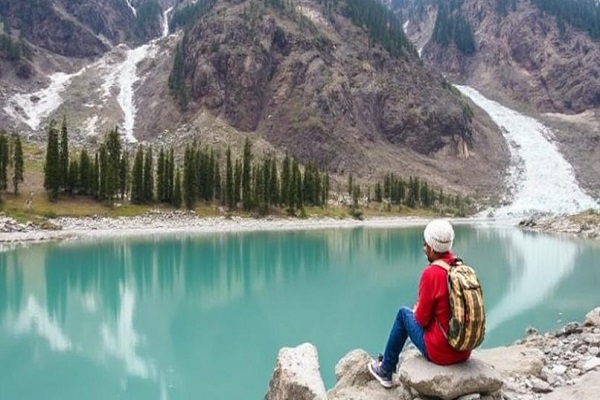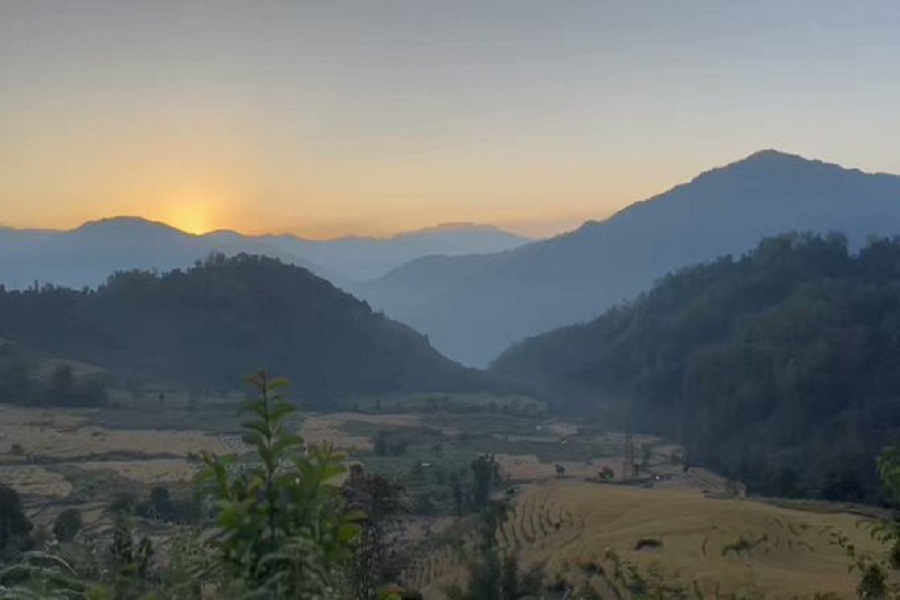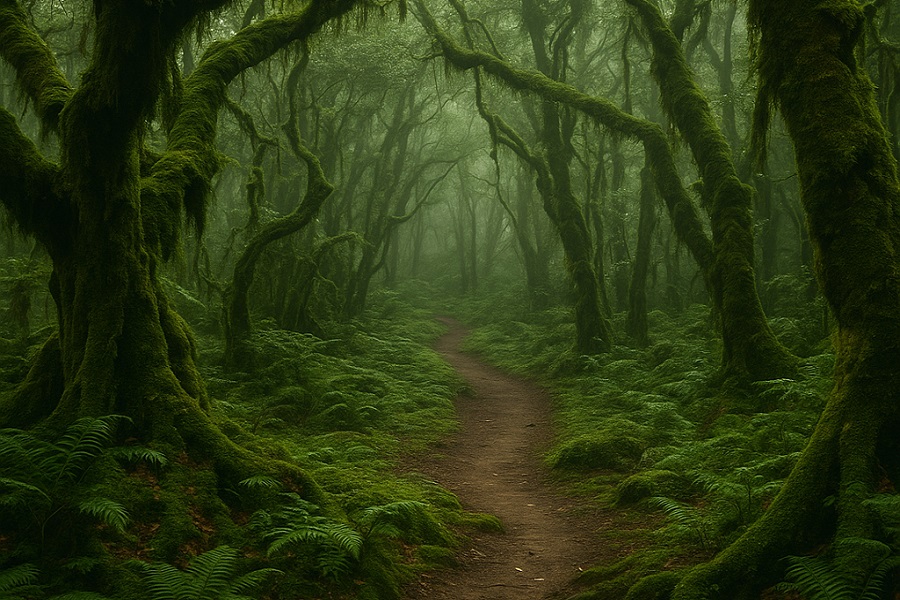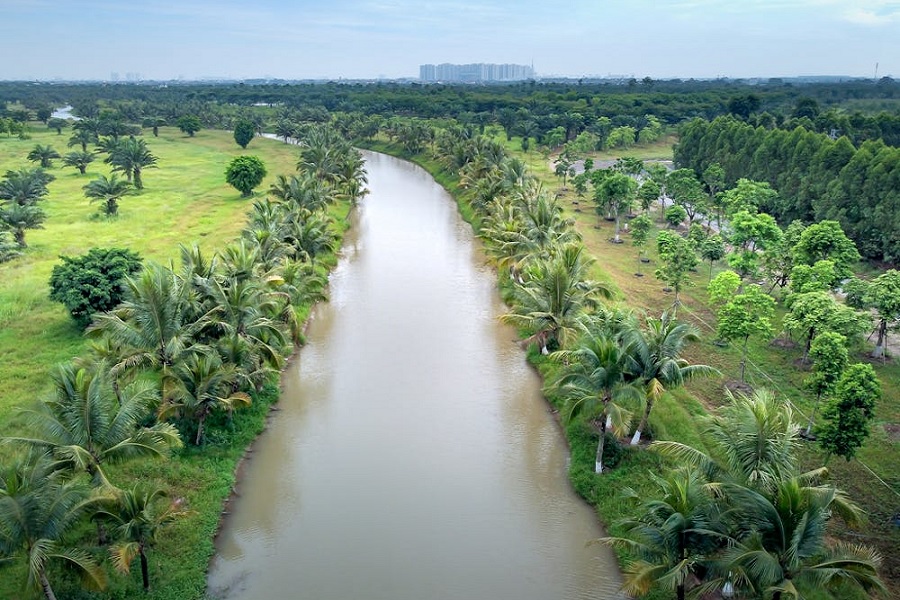India's Desert Majesty: Exploring the Golden Sands with Camels
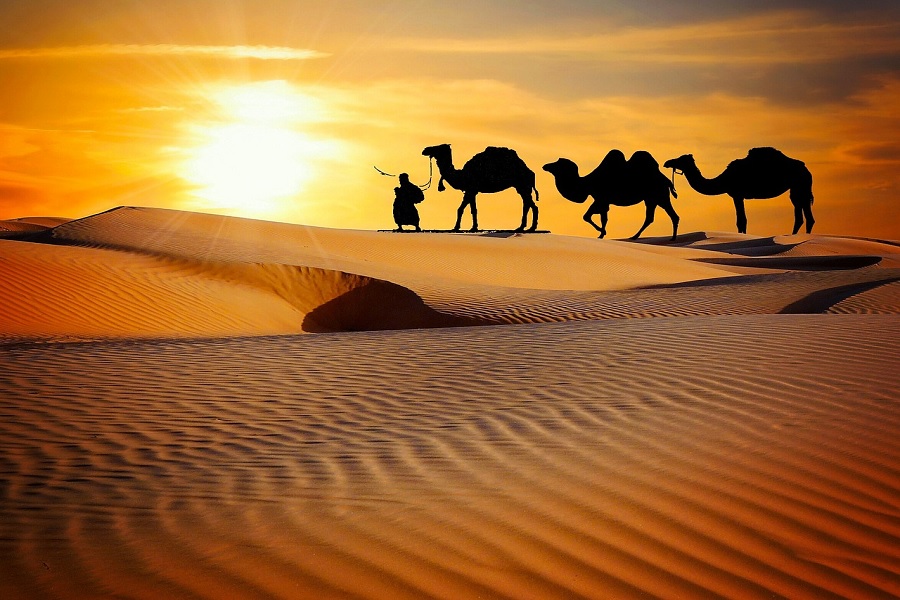
India is a land of contrasts — from the snow-capped Himalayas to the sun-kissed Thar Desert. And nothing captures the soul of desert tourism in India more vividly than the image of a camel gracefully moving through golden sands, under an endless sky. This timeless scene is not just picturesque — it tells a story of tradition, survival, and unmatched beauty.
The Camel: Ship of the Desert
In the Indian desert landscape, particularly in Rajasthan, the camel is more than just an animal — it’s a cultural icon and a lifeline. Used for transport, trade, and even festivals, camels are an integral part of the desert ecosystem.
Their slow, rhythmic gait matches the desert’s serenity.
Decorated with vibrant saddles and bells, they become a part of India’s colorful folk traditions.
Camel rides at sunset are a must-do experience for travelers seeking an authentic taste of desert life.
Top Desert Tourism Spots in India
Jaisalmer, Rajasthan
Known as the "Golden City", Jaisalmer offers thrilling camel safaris through sand dunes, visits to ancient forts, and starlit desert camps.
Bikaner, Rajasthan
Famous for its Camel Festival, this town is a cultural treasure with camel dances, races, and decorated camel parades.
Pushkar, Rajasthan
Home to the world-famous Pushkar Camel Fair, where thousands of camels, traders, and tourists gather each year in a vibrant celebration.
What Makes Desert Travel Magical
Golden dunes changing colors with the sun
Traditional Rajasthani music echoing across the plains
Camel silhouettes against the sunset — a photographer’s dream
Desert forts and palaces rising like mirages from the sand
Travel Tips for a Desert Experience
Best time to visit: October to March (pleasant weather)
Dress light but cover up to avoid sunburn
Carry plenty of water, sunglasses, and sunscreen
Don’t miss local cuisine — try ker sangri, dal baati churma, and gatte ki sabzi
Why Desert Tourism Matters
Desert tourism is not just scenic — it supports rural livelihoods, preserves folk arts, and promotes eco-conscious travel. A simple camel ride often employs multiple locals, from herders to musicians and cooks at the camp.

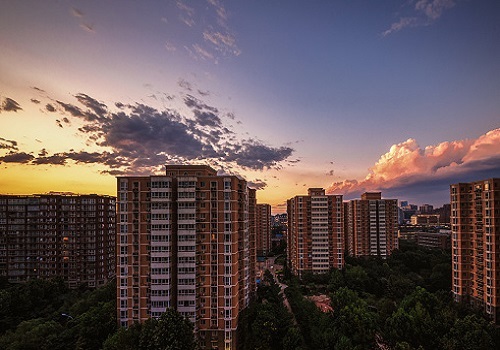

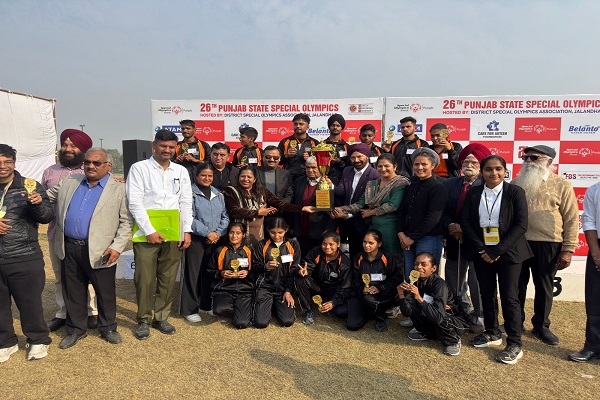
.jpg)








